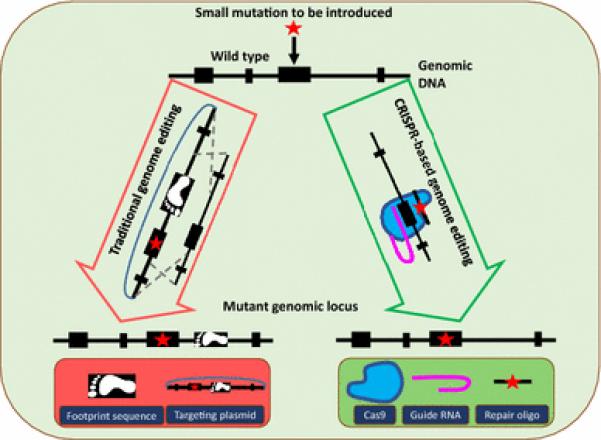Figure 1. Comparison of traditional and CRISPR-based genome editing technologies for inserting a point mutation.

The ES cell-based traditional methods (shown on left) require the use of a targeting vector that contains additional elements (such as a positive selection marker) which get inserted and leave a footprint in the genome. Alternatively, the CRISPR approach (shown on right) enables scarless genome editing. The Cas9 protein and guide RNA help insert the mutation (provided as a repair oligo) at the target site.
